It goes without saying that managing an online community – whether you are internally or externally  focused, means you spend a lot of your time online. While the majority of your community programming and activities might take place online many of our members have reported that live, face-to-face events also help contribute to the success of their communities. But what if you simply can’t get your members together in real life? Maybe your community members live in locations around the world.
focused, means you spend a lot of your time online. While the majority of your community programming and activities might take place online many of our members have reported that live, face-to-face events also help contribute to the success of their communities. But what if you simply can’t get your members together in real life? Maybe your community members live in locations around the world.
We’ve all heard that face-to-face meetings are important for relationships, but what if we can’t all get together? We have three best practices for building a vibrant and successful community when you just can’t round up all your members and get together in person.
1. Refute your assumptions.
While it’s true that face-to-face events are great ways to help members connect, the data shows that online and offline events are almost equally effective at improving community engagement rates. The State of Community Management 2014 research showed that communities that host offline events have a lurker rate at 56%, and communities that host regular online events have a lurker rate of 57%. The idea of regular programming might be more powerful than being face-to-face.
2. Don’t over-complicate.
Events are great opportunities for community members to get to know other members (and the community’s managers) in real time. However, they do not need to be complicated or complex – especially to start – and it is more important that they be regular to establish a pattern of behavior. Some easy ideas:
– Weekly free-form happy hour chats
– Scheduled AMA (Ask Me Anything) discussions with executives or subject matter experts
– Monday morning roll call and top three priorities for the week
3. Experiment.
Try a few different types of events to see what works for your community. Also keep in mind that sometimes you will have to have patience before events stick and become popular – so don’t cycle through experiments too quickly. In TheCR Network, our community manager Hillary launched a Happy Hour chat program that meets every Thursday, and serves as an informal way for members to connect both with TheCR team, and with each other. The program started off slowly – some weeks only one or two people showed up, but over the course of the first year word spread and now Thursday Happy Hours have become one of the primary ways Hillary connects with members and provides a consistent place for members to chat, vent and ask questions.
Do you have best practices for fostering a dynamic community without using face-to-face events? We’d love to hear them!
Want more insights like these? Download the free State of Community Management 2014 report!
—-
Want to access a global network of community professionals? Learn how membership in TheCR Network can provide 24/7 365 networking, training, professional development, and education.

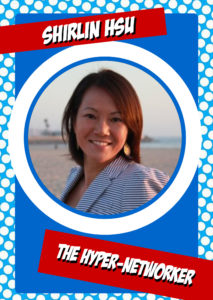
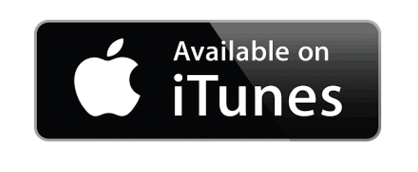

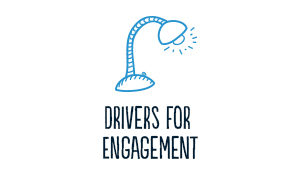 The one of the most frequent questions we get from community managers is “How can I increase engagement in my community?” It’s a great question – and one that has no single answer. Of course the variables that define every community – size, scope, audience, purpose, all directly influence the way you need to interact with and engage your members. But – there is good news! We have identified some community engagement drivers that can help you increase activity and loyalty in your community.
The one of the most frequent questions we get from community managers is “How can I increase engagement in my community?” It’s a great question – and one that has no single answer. Of course the variables that define every community – size, scope, audience, purpose, all directly influence the way you need to interact with and engage your members. But – there is good news! We have identified some community engagement drivers that can help you increase activity and loyalty in your community.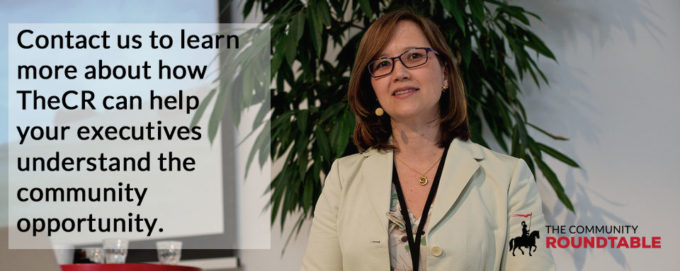
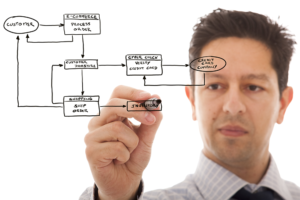 It’s not your CEO. Or anyone else in the C-suite.
It’s not your CEO. Or anyone else in the C-suite.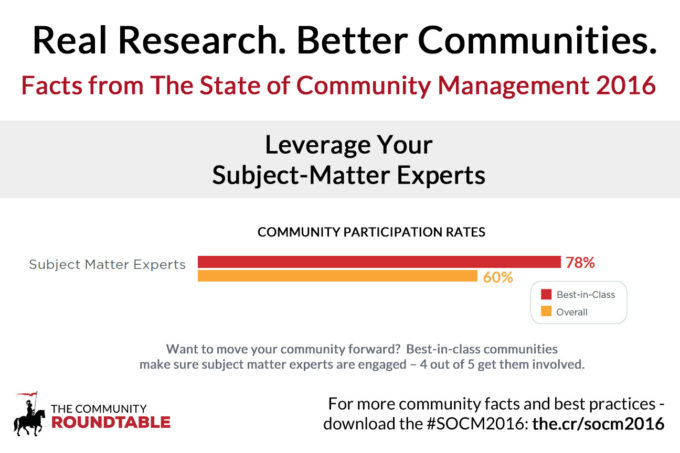
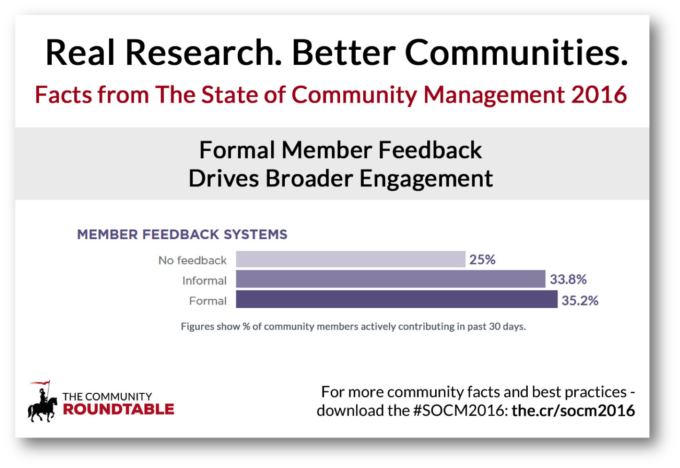

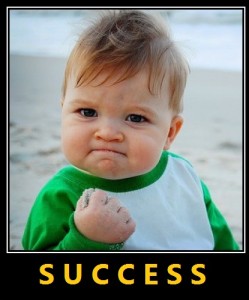
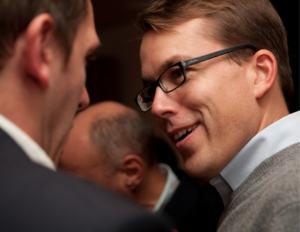 Editor’s Note: This post was originally published by Rachel on LinkedIn.
Editor’s Note: This post was originally published by Rachel on LinkedIn. 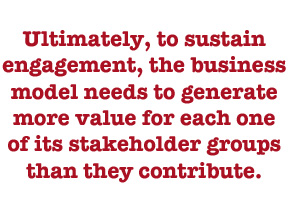 given their current leadership. This type of business model requires the organizations themselves to recognize revenue and value only after it has ensured each stakeholder group has gotten more value than they have contributed. Typically, organizations work to recognize as much value as possible, as soon as possible; when’s the last time you heard a sales executive say ‘We don’t get paid until our customers feel like they have won’? This mentality leaves stakeholders feeling combative, not collaborative – whether they are customers or employees – and that does not lead to organic and frequent engagement because those stakeholders don’t see the organization’s success and their success as the same thing.
given their current leadership. This type of business model requires the organizations themselves to recognize revenue and value only after it has ensured each stakeholder group has gotten more value than they have contributed. Typically, organizations work to recognize as much value as possible, as soon as possible; when’s the last time you heard a sales executive say ‘We don’t get paid until our customers feel like they have won’? This mentality leaves stakeholders feeling combative, not collaborative – whether they are customers or employees – and that does not lead to organic and frequent engagement because those stakeholders don’t see the organization’s success and their success as the same thing.